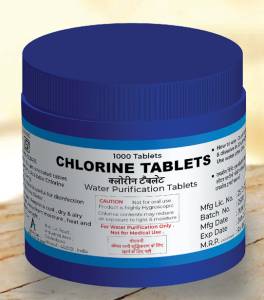
This in-depth resource delves into the intricate biochemical processes involved in water chlorination, providing a nuanced understanding of its efficacy, limitations, and potential byproducts. Ideal for researchers, students, and professionals in environmental science, water treatment, and public health, this guide goes beyond superficial explanations to offer a detailed exploration of the subject.
What you'll learn:
Who should purchase this guide:
This comprehensive guide provides:
This product is delivered as a downloadable PDF document. Purchase now to gain a deeper understanding of the biochemistry of water chlorination and its implications.